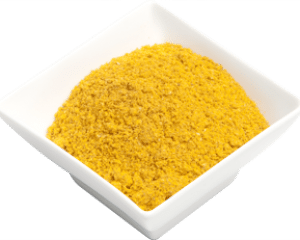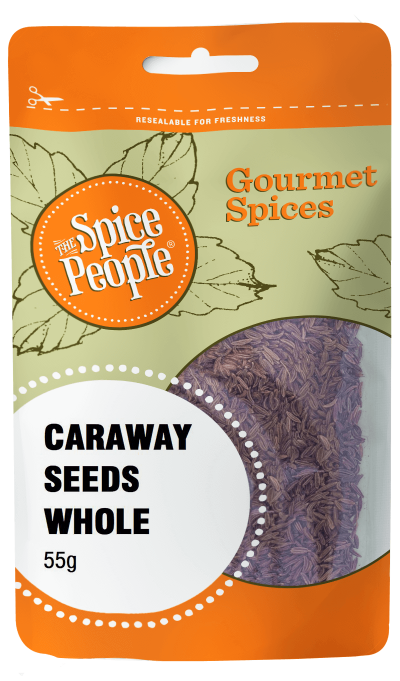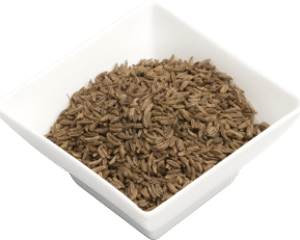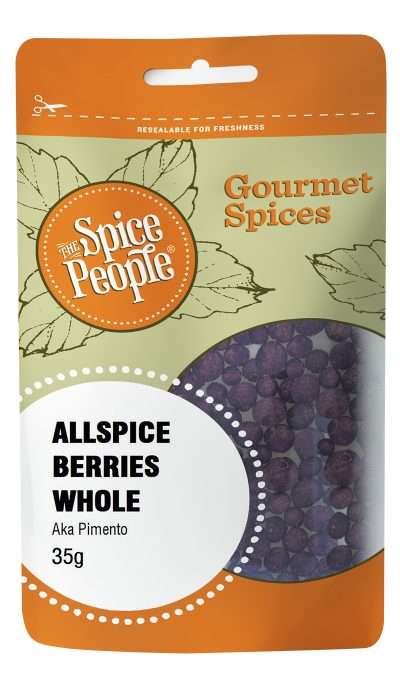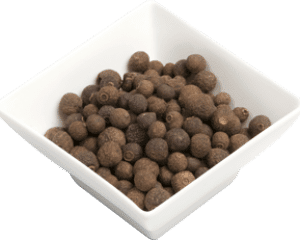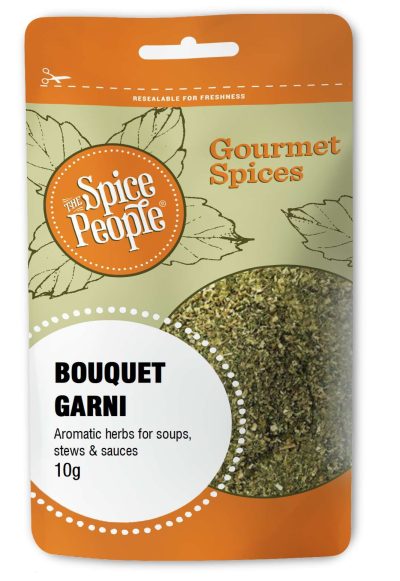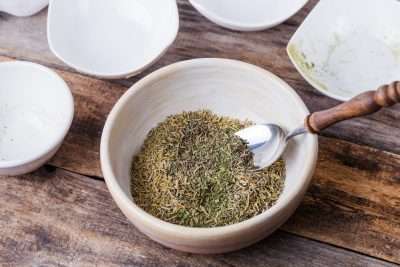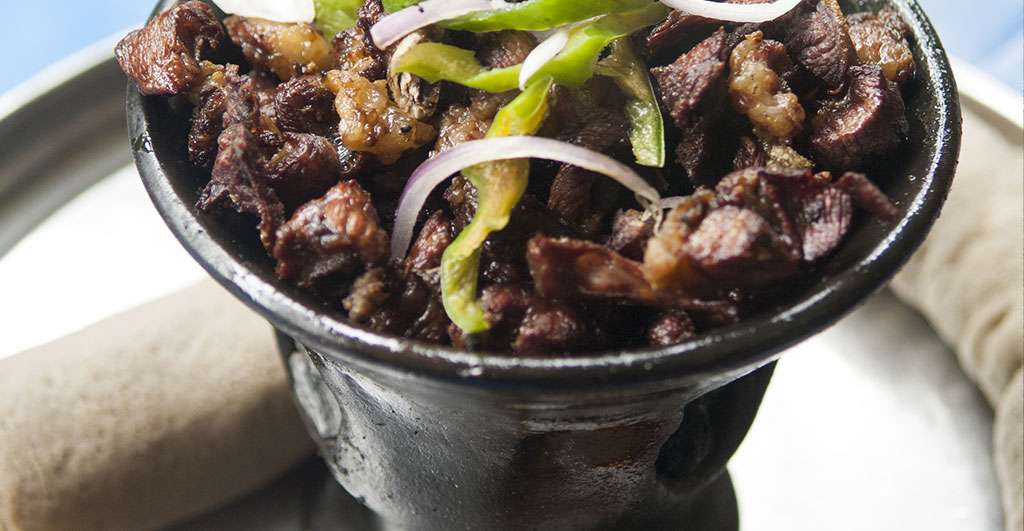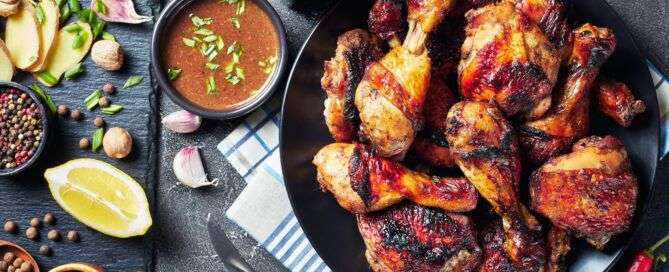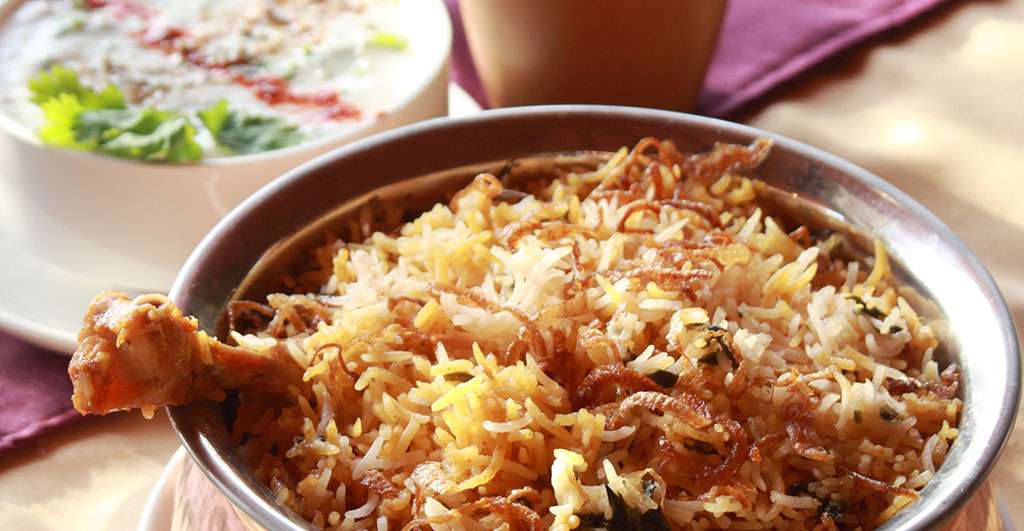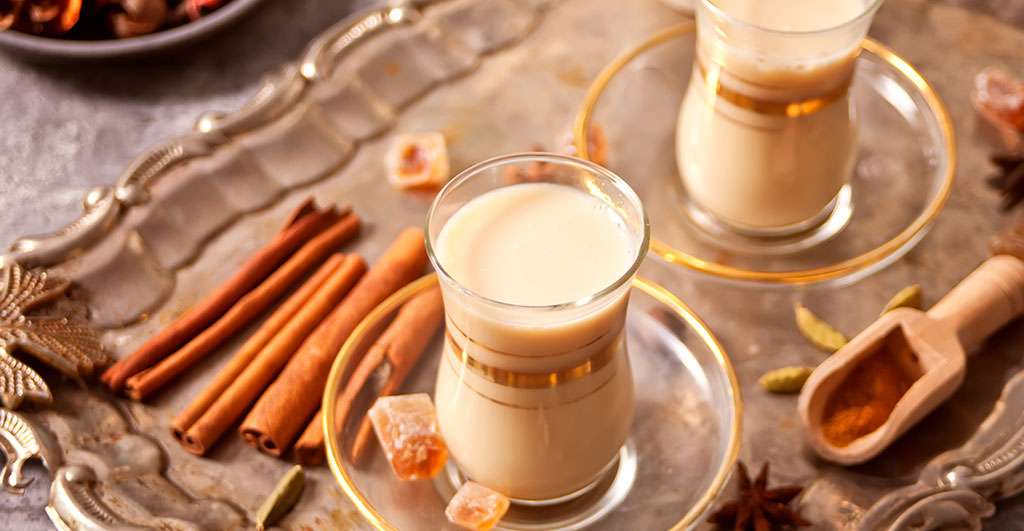Curry Madras – Mild – 45g
1225 in stock
Product description
Madras Curry blend is characterized by a delicious rich earthy tangy flavor, mild heat, and intense yellow color. Although it is not a traditional Indian spice blend, its history goes back to British colonial rule and the city of Madras in southern India.
Flavour Notes:
Our Madras Curry blend is a classic and unique blend of herbs and spices that balances mild heat with intense flavour. It is characterized by its yellow color and rich, earthy, and pungent flavor.
Culinary Notes:
Combine madras spice mix with yogurt, coconut cream, or tomatoes and onions to give a thick rich texture to the curry. Alternatively, add a teaspoon to soups and stews instead of vegetable stocks. It is typically used in dishes where a milder curry flavor is required.
Health Benefits:
Our spice blends are better for you as they are preservative-free, additive-free, filler-free, sugar-free, and contain low or zero salt.
Ingredients:
coriander, turmeric, mustard powder, cumin, sea salt (13%), cardamom, paprika sweet, and Kashmiri chilli ground.
How to use
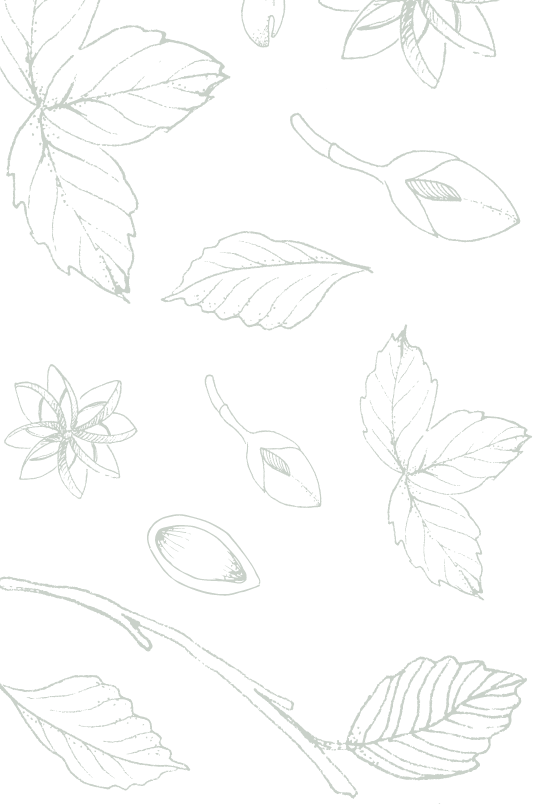
The Spice People FAQs


The Spice People FAQs

Other Spices you may like
Featured in



Join the Spice People to Get Started on Your Culinary Spice Journey!
Be the first to hear about our exclusive promotions, new product releases, recipes and more.

